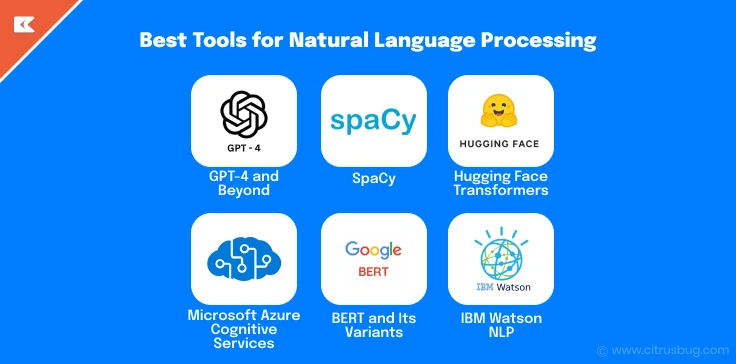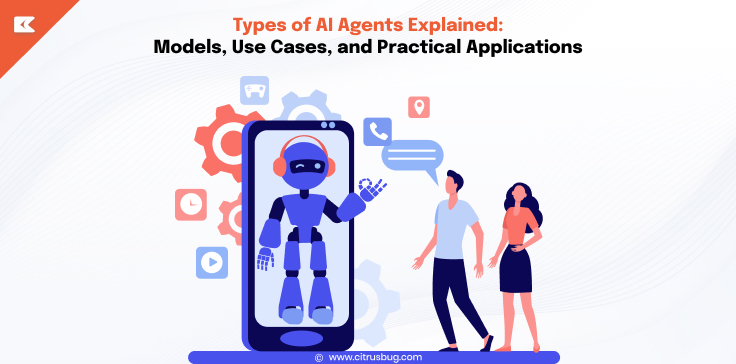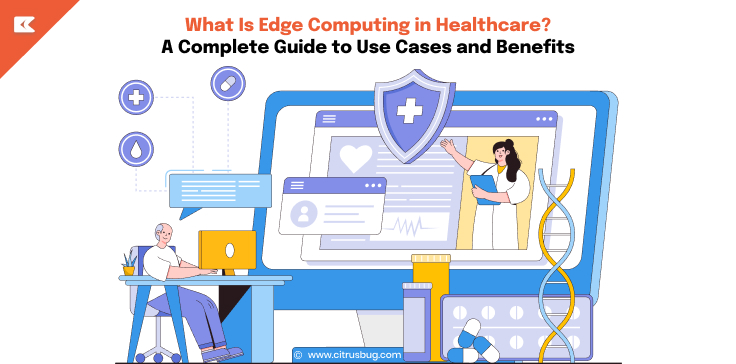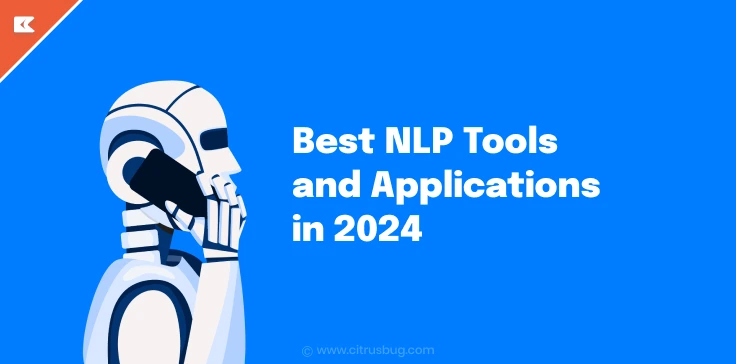
NLP keeps changing the way we interact with technology, whereby machines would understand human language and react to it with growing intelligence. At the beginning of 2024, improvements within NLP are changing industries, improving user experiences, and driving innovation. This detailed guide will outline the most useful NLP tools and applications one can utilize this year, describing their features and benefits and finding uses for them. We are also going to discuss how customized NLP solutions can avail more personalized benefits and therefore call for action in engaging an AI development company for your unique needs.
Understanding Natural Language Processing and AI
NLP is an essential portion of AI that allows machines to understand and interpret human language in the way humans understand each other. In essence, this subject represents a bridge between human communication and understanding through the action of computers, therefore enabling technology to process text and speech similar to human cognition.
NLP involves a range of tasks, including text analysis, language generation, and speech recognition. Various techniques, like tokenization, named entity recognition, and sentiment analysis, are employed in allowing machines to parse and understand the structure of textual data. Advanced models such as GPT-4 extend deep learning toward generating coherent and contextually relevant language, improving applications from chatbots and translation services.
AI is a generic term representing the overall concept, including NLP, computer vision, and machine learning. AI and NLP together power innovation across industries by automating complex processes, extracting valuable insights from ever-growing data piles, and developing easier human-machine interactions. As NLP evolves, it has this kind of snowball or even circular effect: every day refines the way in which machines understand human language and their responses to such language, leading to new ways in which technology advances and users interact with it.
Best Tools for Natural Language Processing
1. GPT-4 and Beyond: The Evolution of Language Models
In 2024, GPT-4, developed by OpenAI, remains one of the most important backbones of NLP technology. Compared to its previous models, it has enhanced contextual understanding, reduced all kinds of biases drastically, and improved language generation. Thanks to its advanced architecture, GPT-4 will generate human-like text based on a given topic, summarize information, answer questions, and even create content with minimal input.
Applications:
- Content Creation: Automate article, marketing copy, and creative writing.
- Customer Support: Provide instant responses to customer inquiries, reducing wait times and improving service quality.
- Education: Individual tutoring; development of teaching material.
Innovations:
- Multi-modal Capabilities: GPT-4 now integrates with image and voice data, expanding its utility beyond text-based applications.
2. BERT and Its Variants: Deep Contextual Understanding
BERT is an acronym for Bidirectional Encoder Representations from Transformers and was developed by Google. This tool revolutionised NLP by considering contexts in both directions-that is, left-to-right and right-to-left-which allows it to capture important nuances of the language more powerfully.
Applications:
- SEO: Enhance the algorithms for search engines to understand user intentions better and make much more appropriate search results possible. Effective link building strategies can also improve a website’s credibility, helping search engines deliver more relevant and authoritative results to users.
- Information Retrieval: Extract more precise information from large text corpora.
- Question Answering Systems: More advanced QA systems are being developed to handle complex query analysis.
Innovations:
- DistilBERT and RoBERTa: Variants like DistilBERT offer a more lightweight model with faster performance, while RoBERTa enhances BERT’s training methodology for improved results.
3. SpaCy: The Efficient NLP Toolkit
SpaCy is a modern open-source NLP library that tries to strike a balance between efficiency and ease of use. It provides pre-trained models that one can directly use for most of the large variety of tasks in NLP, including tokenization, named entity recognition, part-of-speech tagging, and dependency parsing.
Applications:
- Text Analytics: It helps in extracting entities and their relationships from unstructured text data for business intelligence.
- Sentiment Analysis: Analyze customer feedback and social media posts to determine public sentiment.
- Language Modeling: Develop domain-specific models to be used in a variety of applications for language processing.
Innovations:
- Transformer Integration: Integration with transformer-based models has recently made SpaCy indispensable in complex NLP applications.
4. Hugging Face Transformers: Versatility and Community
Hugging Face hosts a large repository of transformer models and tools that ease the implementation of the latest NLP technologies. The wide variety of pre-trained models support many of the tasks out-of-the-box, or through easily accessible model fine-tuning.
Applications:
- Machine Translation: Develop applications that will understand the translation of text from one language to another with high accuracy.
- Text Classification: This involves the classification of documents or messages into predefined classes.
- Conversational AI: Build Chatbots and Virtual Assistants with Deep Language Understanding.
Innovations:
- AutoNLP: This is an automated training pipeline of NLP models and will lighten the user side for training with less machine learning knowledge.
5. Microsoft Azure Cognitive Services: Comprehensive AI Solutions
Microsoft Azure Cognitive Services includes a set of AI tools and APIs for the integration of NLP capabilities into applications. Among the services provided are text analytics, language understanding, and conversational AI.
Applications:
- Language Understanding: Provide models that understand user intent and identify important information from text.
- Speech Recognition: Transcribe spoken language into text for voice-controlled applications.
- Text Analytics: Determine sentiment, key phrases, and language detection from text.
Innovations
- Integration of Custom Vision: Putting it all together-text and image analysis for more comprehensive AI solutions.
6. IBM Watson NLP: Enterprise-Grade Solutions
IBM Watson provides various powerful enterprise NLP solutions. Due to this, the functionality that it offers ranges from understanding the language, to text-to-speech, and speech-to-text capabilities.
Applications:
- Customer Insights: Understand customer interactions for actionable business insights.
- Document Processing: Automatically extract information and classify documents.
- Virtual Agent: The intelligent virtual agent is engaged in performing tasks related to customer inquiries.
Innovations
- Watson Orchestrate: It is a workflow automation solution, combining NLP with other AI services for more ‘seamless’ business processes.
Custom NLP Solutions: Tailoring Technology to Your Needs
While generic off-the-shelf NLP solutions are incredibly capable, custom NLP can give a serious edge by solving certain business problems or requirements. Custom solutions are tailored to align tightly with unique organizational objectives, data sets, and other subtleties unique to an industry.
Benefits of Custom NLP Solutions:
- Precision: With custom models, greater accuracy is achieved through domain-specific language and terminology focus.
- Flexibility: Adapt NLP capabilities to more fit with existing systems and workflows.
- Scalability: It means designing solutions for scaling your business, with solutions changing needs.
NLP Use Cases:
- Healthcare: This is important in building models for extracting medical information from patient records and research papers.
- Finance: Construct systems for financial report analysis, news, and social media analysis that predict market trends.
- Legal: Automate the analysis of contracts and case laws using domain-specific language models.
Example Scenario:
A financial services firm wants to develop an NLP system that can analyze enormous volumes of financial news text and social media content to identify emerging market trends. Using this, it could construct a bespoke model to identify financial terminology, sentiment, and actionable insights to help the firm stay ahead in making informative decisions.
Conclusion: Embrace the Future with NLP Innovation
NLP is a technology opening various new avenues in different sectors day by day. It has continuously facilitated the enablement of powerful, pre-existing NLP tools such as GPT-4, BERT, and SpaCy, while enabling more experimental approaches with emerging platforms like Hugging Face and Microsoft Azure. So, there are numerous ways in which one could enhance their operations with NLP.
Custom solution development can provide an edge in strategy by elaborating on what functionalities are delivered to meet the actual needs and real-world challenges. Investing in a custom NLP solution makes it possible to realize greater accuracy, flexibility, and efficiency across AI-driven applications.





 SaaS Development
SaaS Development Web Application Development
Web Application Development Mobile Application Development
Mobile Application Development Custom Software Development
Custom Software Development Cloud Development
Cloud Development DevOps Development
DevOps Development MVP Development
MVP Development Digital Product Development
Digital Product Development Hire Chatbot Developers
Hire Chatbot Developers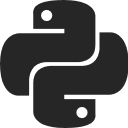 Hire Python Developers
Hire Python Developers Hire Django Developers
Hire Django Developers Hire ReactJS Developers
Hire ReactJS Developers Hire AngularJS Developers
Hire AngularJS Developers Hire VueJS Developers
Hire VueJS Developers Hire Full Stack Developers
Hire Full Stack Developers Hire Back End Developers
Hire Back End Developers Hire Front End Developers
Hire Front End Developers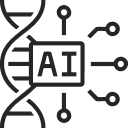 AI Healthcare Software Development & Consulting
AI Healthcare Software Development & Consulting Healthcare App Development
Healthcare App Development EHR Software Development
EHR Software Development Healthcare AI Chatbot Development
Healthcare AI Chatbot Development Telemedicine App Development Company
Telemedicine App Development Company Medical Billing Software Development
Medical Billing Software Development Fitness App Development
Fitness App Development RPM Software Development
RPM Software Development Medicine Delivery App Development
Medicine Delivery App Development Medical Device Software Development
Medical Device Software Development Patient Engagement Software Solutions
Patient Engagement Software Solutions Mental Health App Development
Mental Health App Development Healthcare IT Consulting
Healthcare IT Consulting Healthcare CRM Software Development
Healthcare CRM Software Development Healthcare IT Managed Services
Healthcare IT Managed Services Healthcare Software Testing services
Healthcare Software Testing services Medical Practice Management Software
Medical Practice Management Software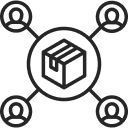 Outsourcing Healthcare IT Services
Outsourcing Healthcare IT Services IoT Solutions for Healthcare
IoT Solutions for Healthcare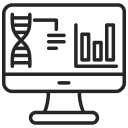 Medical Image Analysis Software Development Services
Medical Image Analysis Software Development Services Lending Software Development Services
Lending Software Development Services Payment Gateway Software Development
Payment Gateway Software Development Accounting Software Development
Accounting Software Development AI-Driven Banking App Development
AI-Driven Banking App Development Insurance Software Development
Insurance Software Development Finance Software Development
Finance Software Development Loan Management Software Development
Loan Management Software Development Decentralized Finance Development Services
Decentralized Finance Development Services eWallet App Development
eWallet App Development Payment App Development
Payment App Development Money Transfer App Development
Money Transfer App Development Mortgage Software Development
Mortgage Software Development Insurance Fraud Detection Software Development
Insurance Fraud Detection Software Development Wealth Management Software Development
Wealth Management Software Development Cryptocurrency Exchange Platform Development
Cryptocurrency Exchange Platform Development Neobank App Development
Neobank App Development Stock Trading App Development
Stock Trading App Development AML software Development
AML software Development Web3 Wallet Development
Web3 Wallet Development Robo-Advisor App Development
Robo-Advisor App Development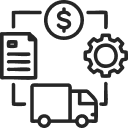 Supply Chain Management Software Development
Supply Chain Management Software Development Fleet Management Software Development
Fleet Management Software Development Warehouse Management Software Development
Warehouse Management Software Development LMS Development
LMS Development Education App Development
Education App Development Inventory Management Software Development
Inventory Management Software Development Property Management Software Development
Property Management Software Development Real Estate CRM Software Development
Real Estate CRM Software Development Real Estate Document Management Software
Real Estate Document Management Software Construction App Development
Construction App Development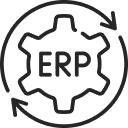 Construction ERP Software Development
Construction ERP Software Development





